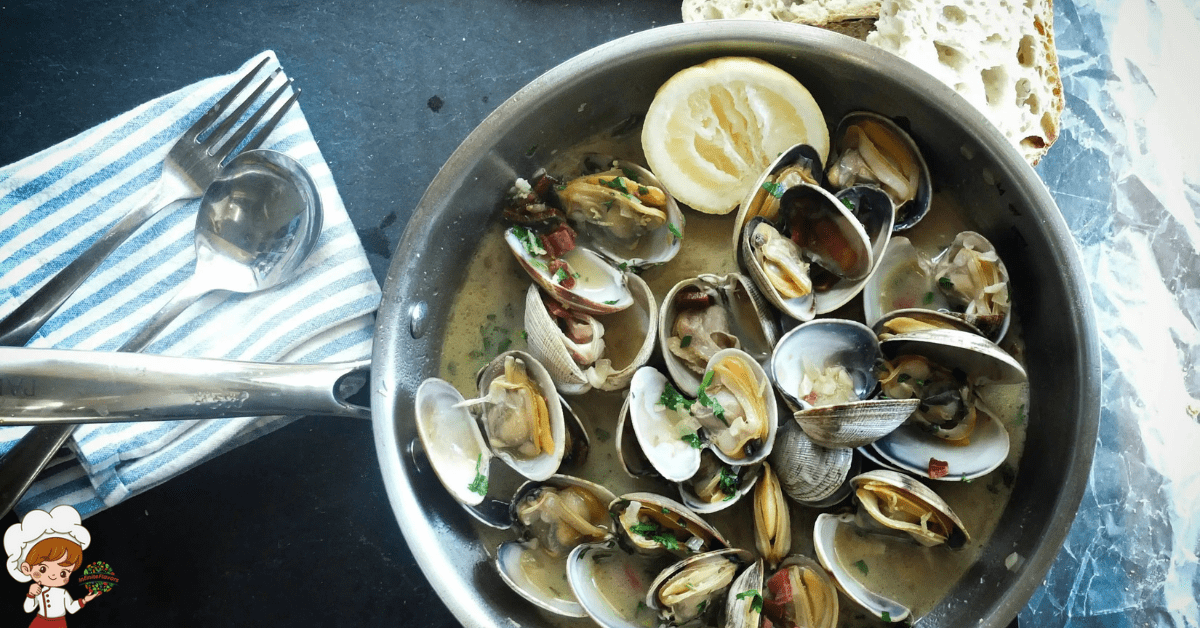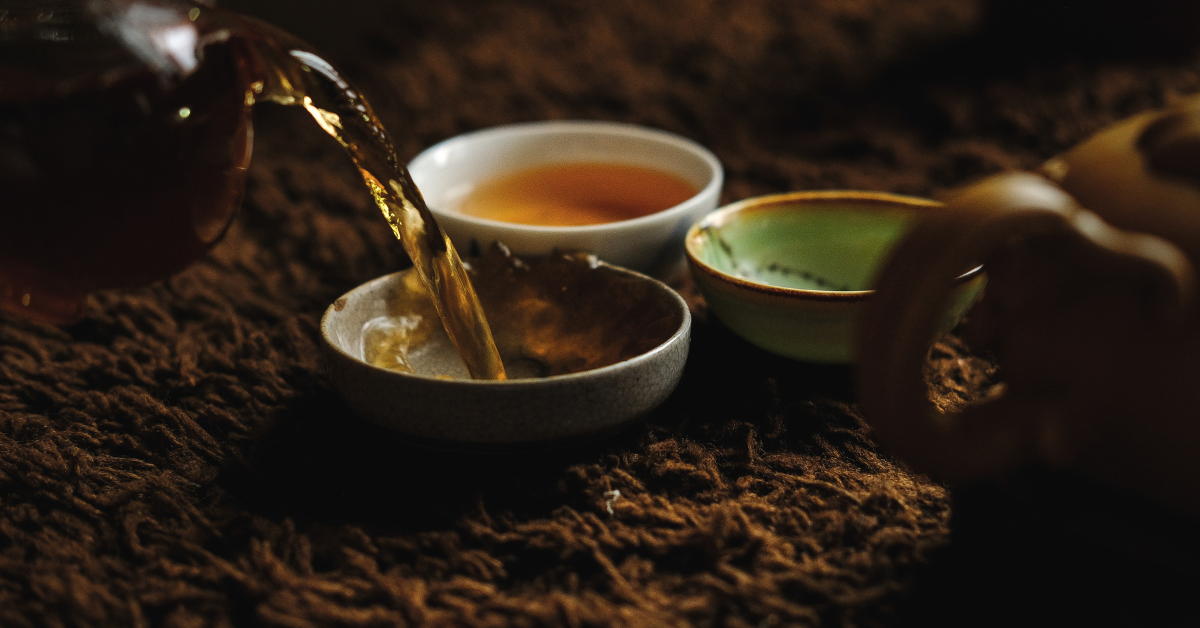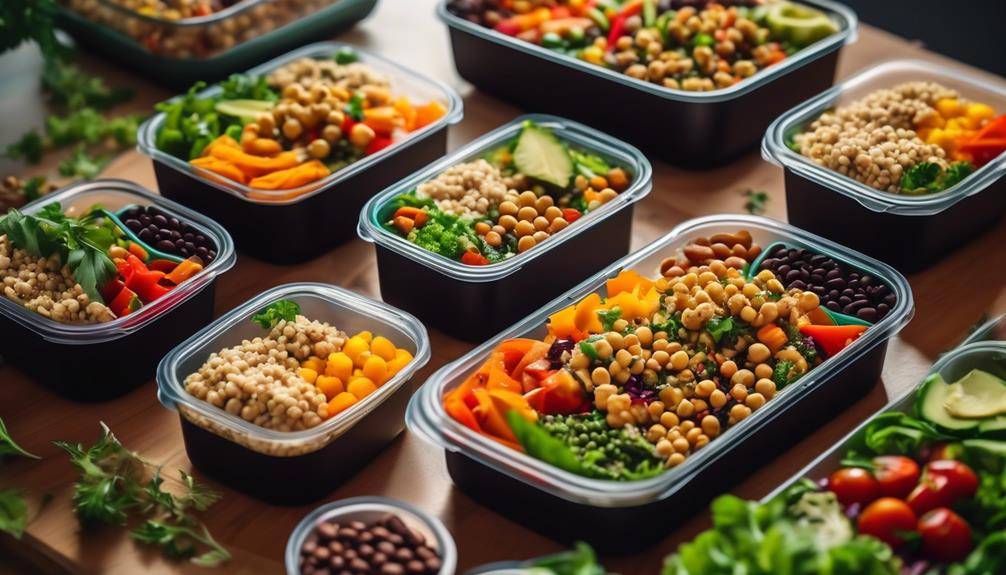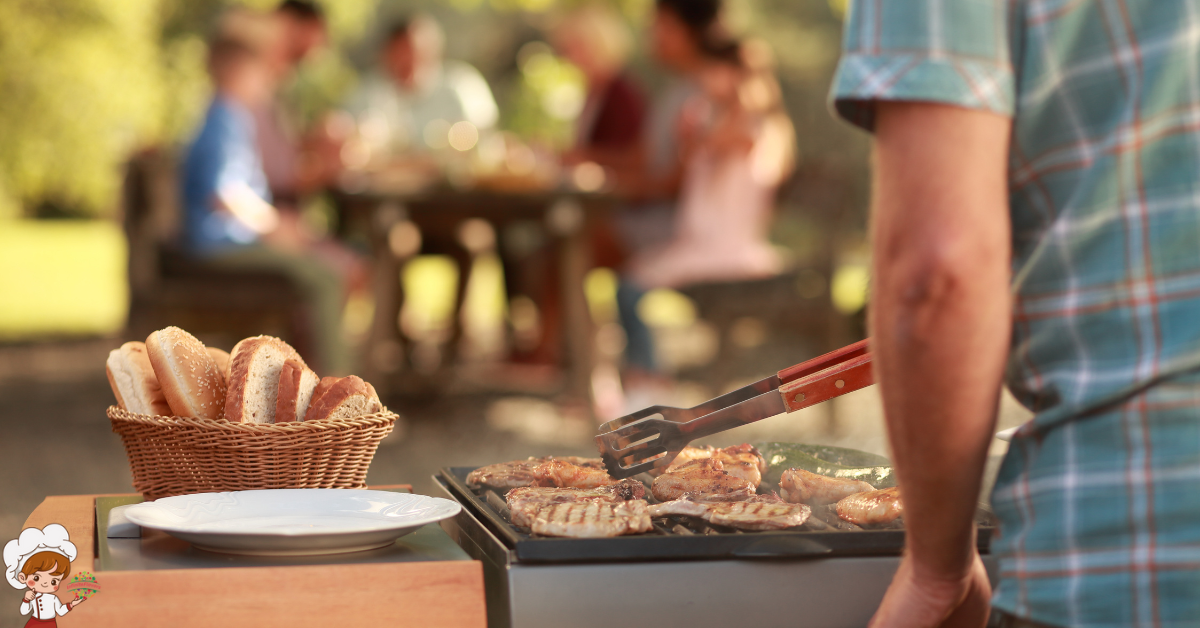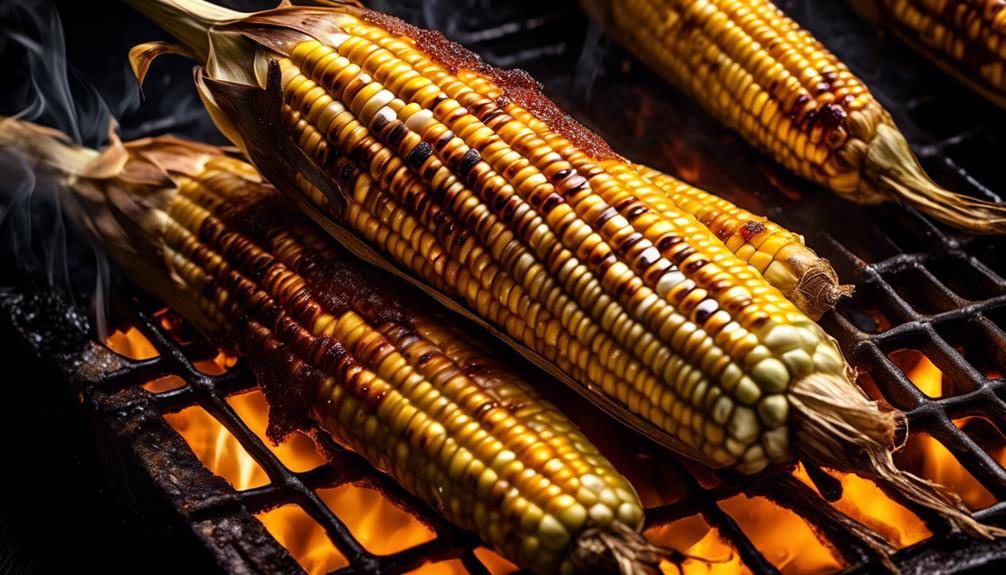Austrian Wiener Schnitzel: The Most Popular Austrian Dish
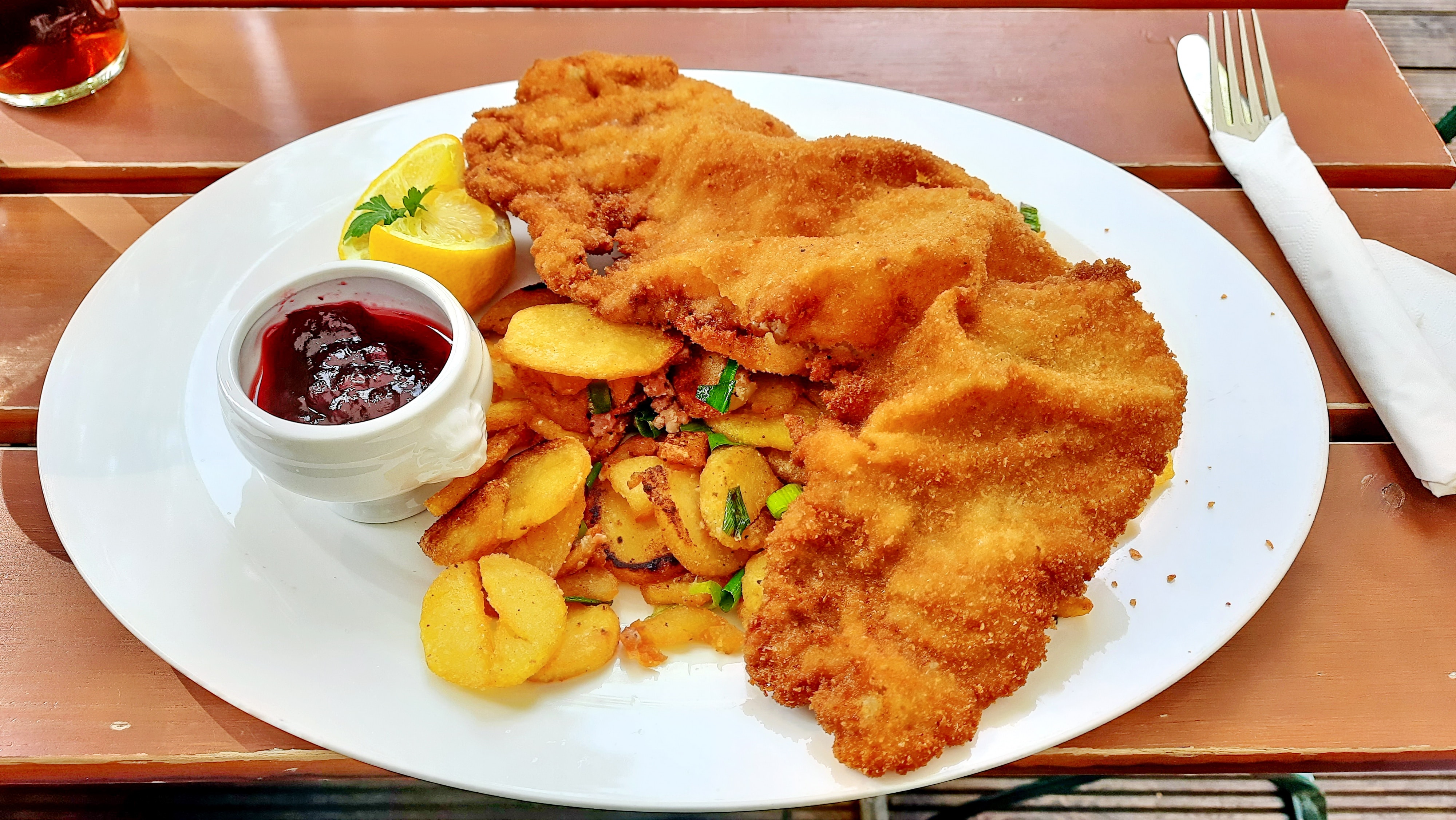
Wiener Schnitzel, a dish that needs no introduction to food enthusiasts around the world, is more than just a delectable main course; it’s an Austrian culinary treasure, a piece of history, and a cultural icon that continues to tantalize taste buds and inspire culinary explorations. But where did this beloved dish originate, and how did it become synonymous with Austrian cuisine? In this blog post, we’ll embark on a journey through time to uncover the history and origins of Wiener Schnitzel, exploring the cultural richness that gave birth to this crispy delicacy.
Ancient Origins of Breaded Meat:
The concept of breading and frying meat has roots in ancient culinary practices from various cultures. It was a clever way to preserve and enhance the flavor of meat, and it found its way into European kitchens.
Wiener Schnitzel’s Austrian Roots:
The history of Wiener Schnitzel, however, is firmly tied to Austria. While the name “Wiener Schnitzel” implies Vienna (Wien in German) as its birthplace, its origins can be traced further back. The dish’s precursor is believed to be “Costoletta alla Milanese,” a breaded and fried veal cutlet that made its way to Austria during the Habsburg Empire.
Viennese Transformation:
Vienna embraced this culinary tradition and gave it a unique Austrian character. While the Milanese version uses veal, the Viennese version of the dish typically features tender, boneless, and thinly pounded slices of veal, pork, or occasionally chicken, which are coated in breadcrumbs and fried until golden and crispy.
A Culinary Icon:
Wiener Schnitzel became a symbol of Austrian cuisine and culture, praised for its simplicity and delightful taste. It’s often enjoyed with a slice of lemon, potato salad, and lingonberry jam, though variations in accompaniments exist.
Cultural Significance:
Beyond its culinary appeal, Wiener Schnitzel has taken on deep cultural significance in Austria. It is not merely a meal but a point of pride, a symbol of tradition, and a representation of the country’s culinary heritage. It has a revered place in Austrian society and culture. The dish is not only a fixture on the menu of traditional Austrian restaurants, but it also graces family gatherings and celebratory occasions.
Its preparation is often passed down through generations, with family recipes held as cherished heirlooms. It is a symbol of warmth, comfort, and togetherness. Wiener Schnitzel is also a common sight at traditional Austrian events, from music festivals to holiday celebrations, where it brings people together over a shared appreciation for the classic dish.
Conclusion:
Wiener Schnitzel, in its crisp, golden perfection, isn’t merely a dish; it’s a journey through time, a cultural emblem, and a testament to the profound relationship between food and identity. Every indulgent bite transcends the confines of a plate, carrying with it the echoes of history, the fusion of culinary traditions, and the fervor of a nation for a cherished culinary masterpiece.
In savoring Wiener Schnitzel, you embark on a delightful exploration that connects the past with the present, bridging cultures, and uniting generations. Its origins may be traced to the influence of other cuisines, yet in the kitchens of Austria, it underwent a metamorphosis, becoming a cherished icon of the nation’s gastronomy.
The cultural significance of Wiener Schnitzel is profound. It goes beyond being a culinary favorite; it is a symbol of Austrian pride, an expression of heritage, and a beacon of tradition. This dish isn’t just a meal; it is a vessel of warmth, an invitation to gather, and an embodiment of togetherness. It often graces family tables, signifying celebration, familiarity, and the passing down of time-honored recipes.
On a broader stage, Wiener Schnitzel takes its place at the heart of Austrian culture. It’s not uncommon to find it served at traditional events, music festivals, and holiday celebrations, where it stands as a beacon of Austria’s enduring culinary legacy.
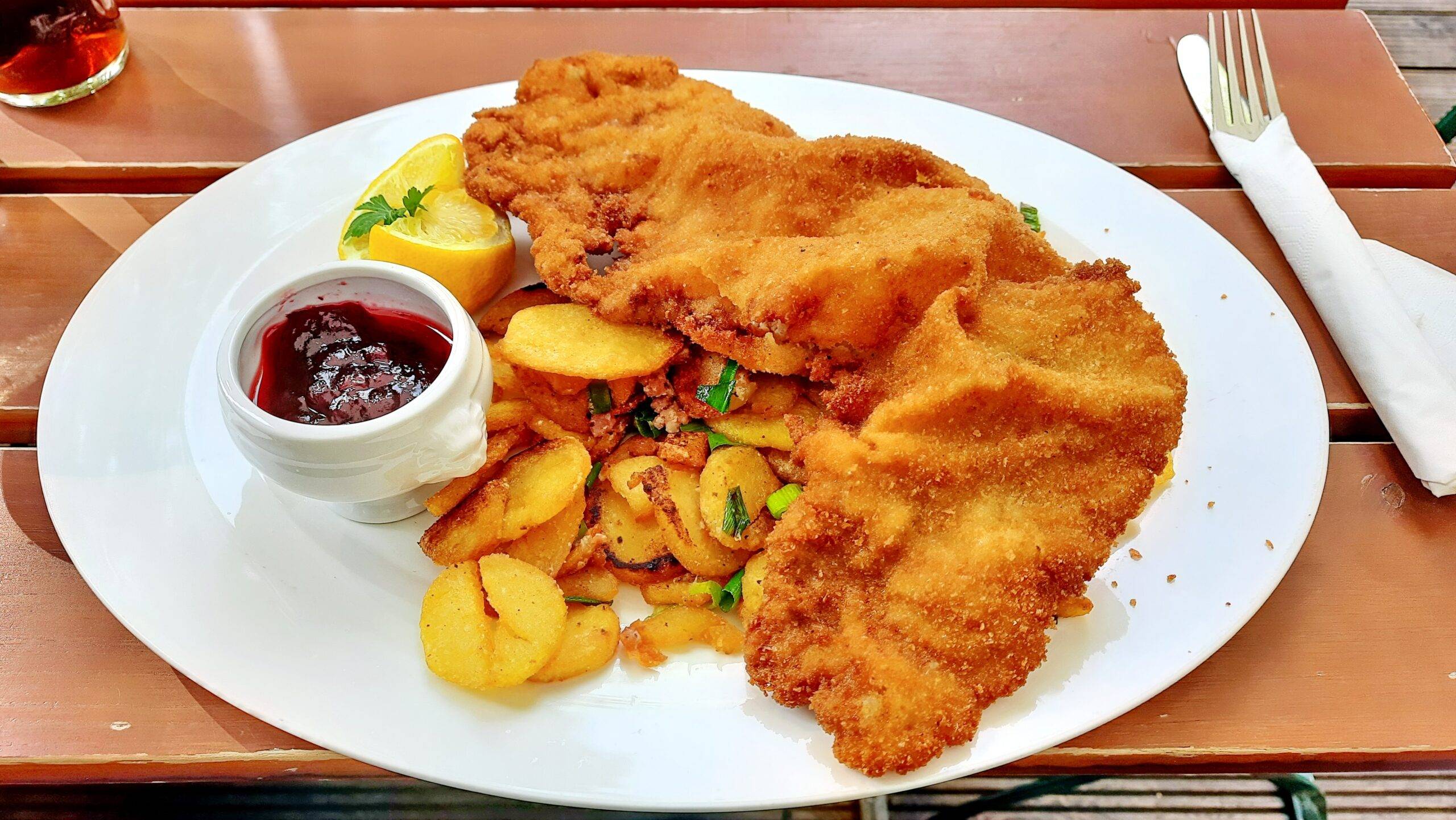
Austrian Wiener Schnitzel
Equipment
- 2 medium mixing bowls for wet and dry batter
- 1 frying pan
- 1 whisk
Ingredients
- 4 veal or pork cutlets about 1/4 inch thick
- Salt and black pepper to taste
- 1 cup all-purpose flour
- 2 large eggs
- 1 cup fine breadcrumbs preferably fresh
- Vegetable oil for frying
- Lemon wedges for serving
- Parsley sprigs for garnish
Instructions
- Instructions:
- Prepare the Cutlets:
- Place each cutlet between two sheets of plastic wrap or parchment paper. Use a meat mallet or the flat side of a heavy pan to gently pound the cutlets until they are about 1/8 inch thick. Season both sides with salt and pepper.
- Set Up the Breading Station:
- In three separate shallow dishes, set up a breading station. Place the flour in the first dish, beat the eggs in the second dish, and put the breadcrumbs in the third dish.
- Bread the Cutlets:
- Dredge each cutlet in the flour, ensuring it’s coated evenly and shaking off any excess.
- Dip the floured cutlets into the beaten eggs, coating both sides.
- Press the cutlets into the breadcrumbs, making sure they are thoroughly coated. Press the breadcrumbs onto the cutlets to adhere.
- Fry the Schnitzel:
- In a large skillet, heat enough vegetable oil to cover the bottom of the pan to about 1/4 inch over medium-high heat.
In essence, Wiener Schnitzel encapsulates the very soul of Austrian cuisine, representing the commitment to flavor, the reverence for tradition, and the delight in sharing moments of joy and unity around a table adorned with this beloved delicacy. With every mouthwatering bite, you’re not just experiencing a meal; you’re participating in a grand narrative that bridges the past and present, reminding us of the timeless power of food to unite hearts and souls. Wiener Schnitzel is a culinary masterpiece that transcends generations, embodying a nation’s enduring passion for taste and culture.




